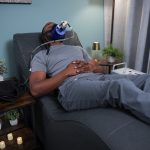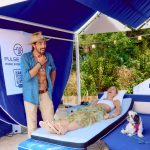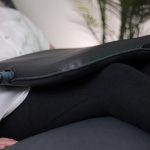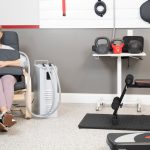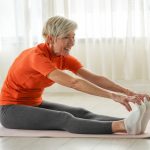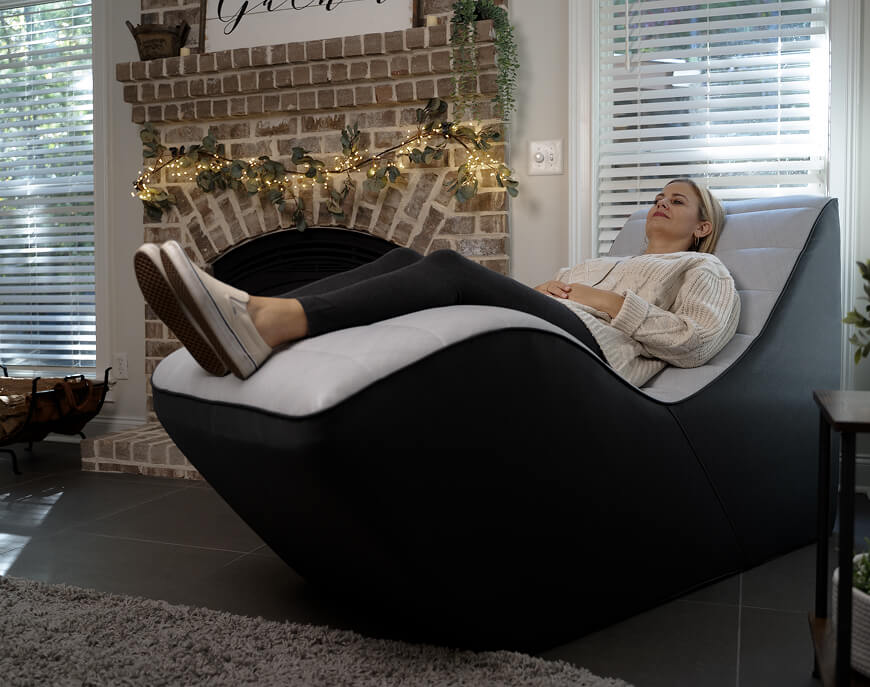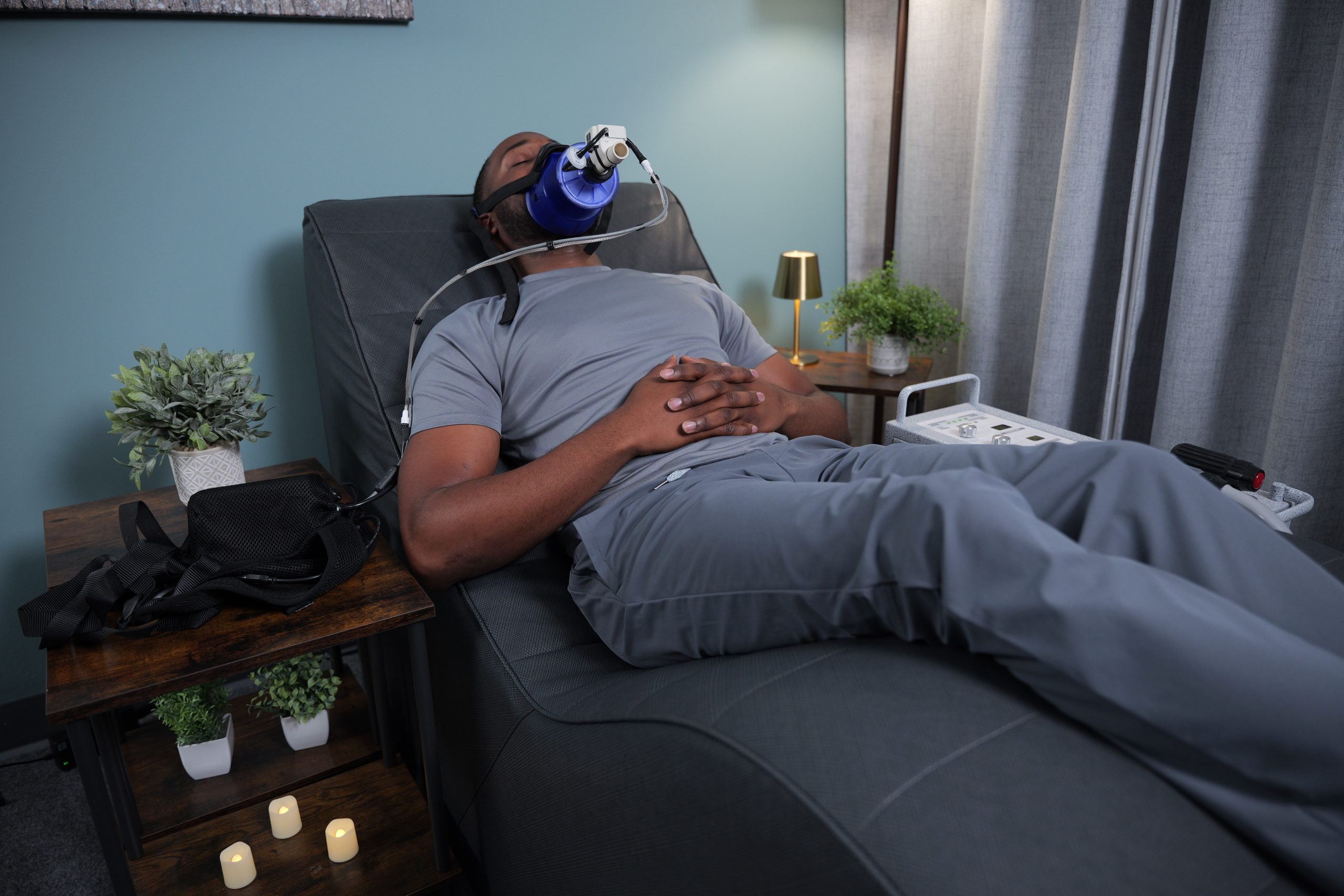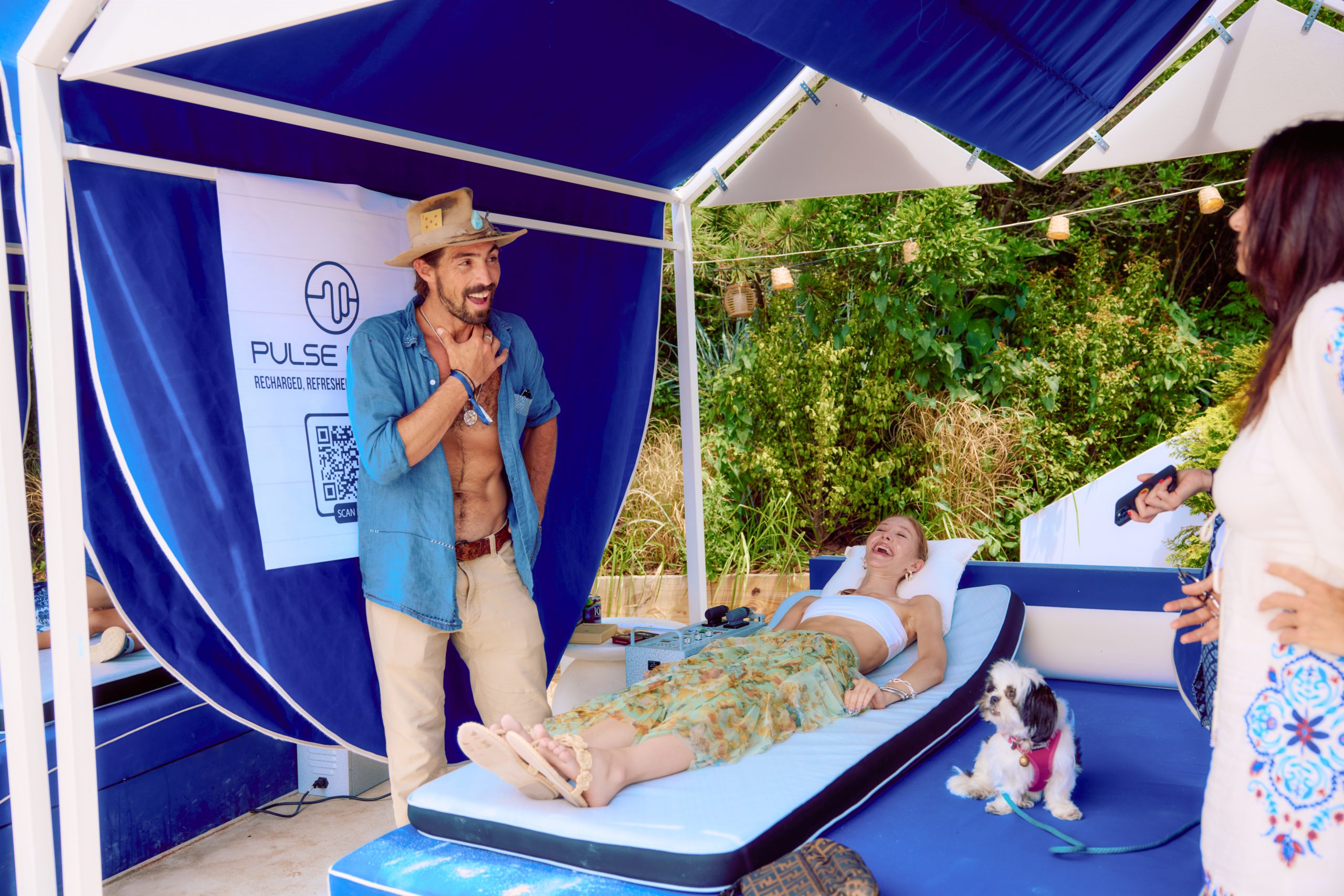Strength Training Exercises
Add these strength training exercises to your wellness routine to improve strength, flexibility, and balance.
Walking Lunges
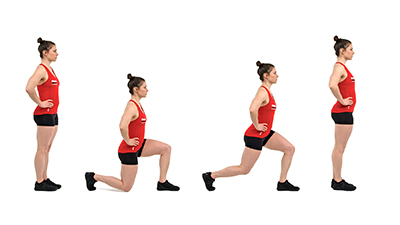
Step forward with your right leg, bending your knees until both legs are at a 90 degree angle. Stop your back leg just before it touches the ground. Pause, then stand. Repeat the process, this time putting the left leg forward.
Pro Tip: Challenge friends in your barn to complete walking lunges for the length of the barn aisle.
Developing a strong lower body impacts equestrian performance greatly. This strength allows you to control your lower leg for a more supple and balanced ride.
Squats

You can perform squats with a barbell or body weight, depending on what you have access to. Squat until your knees have reached 90 degree angles. Then, squeeze your glutes and stand up. Keep your chest lifted throughout the movement to prevent you from falling forward. Also, maintain tension throughout your core muscles and keep your spine in a neutral position.
As riders, we spend a lot of time in a seated hip flexed position. This exercise strengthens the muscles used when moving your body in and out of the saddle, like at the posting trot or sitting the canter.
Calf Raises
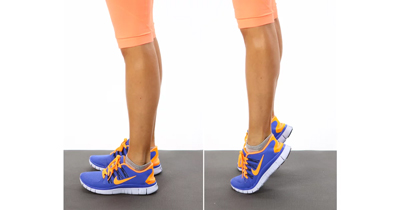
Stand on a raised ledge, like a step, with just the ball of your feet on the ledge. Lower your heels to the ground and squeeze the calf muscles to return to the starting position. Alternatively, stand on a flat surface and raise your heels off the ground. Then, lower them without letting them touch. Repeat!
Muscular calves make it easier to direct your horse with your legs. Try holding the starting position for a few minutes each day. This lengthens the tendons in your ankle to aid in keeping your heels down.
Prone Lat Pulldown
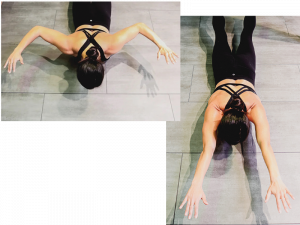
Lay face down on the floor with your arms extended overhead and palms facing down. You may use a small loop resistance band or just your bodyweight. With the resistance band, place it around your hands or wrists, whichever is more comfortable. Engage your lats by squeezing under your armpits and driving your elbows toward your hip. Release and extend your arms back to the starting position.
Pro Tip: For an extra challenge, lift your feet off the ground during the movement.
A strong back helps you balance when your horse is leaning on the forehand. It also helps when you need to sit up and say “Whoa” to ask them to slow their pace.
Plank Spiderman
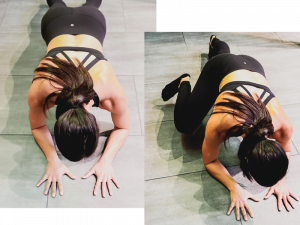
Start in an elbow plank position, focusing on keeping your core tight and pelvis neutral. Alternate between your left and right knee, bringing the knee up to the corresponding elbow. Squeeze your oblique muscles as you drive the knee to the elbow.
Maintaining core strength aids in overall balance and smooth transitions while riding. Try holding the plank for as long as you can while keeping your core engaged.
Pulsing Plan
Pulsing Before the Ride
Pulsing may be a great addition to your exercise regimen, whether to assist with muscle fatigue[3] or amplify your athletic performance.[4,5]
Riders in the equine industry don’t typically warm up before riding, and this missing key could create setbacks. Dynamic stretches prior to mounting lubricates joints by taking the joints through the full range of motion. In addition, it prepares the body to perform at an optimal level, since the muscles aren’t starting out cold.
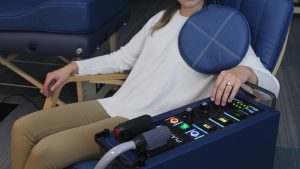
With Pulse PEMF in your toolbox, you have a considerable advantage over the rest of the equine community. Pulse before your ride to experience more energy, naturally.[6,7] We recommend whole-body pulsing for at least 20 to 3o minutes. If your Chair Pad or Total Body Bed aren’t at the barn, using them within a few hours of your ride will still help immensely.
Accessory like the Paddles or the Cube to apply more energy to that area. After completing your pulsing session, you’ll be energized, your body will be relaxed, and you’ll be ready to ride.
Maintaining core strength aids in overall balance and smooth transitions while riding. Try holding the plank for as long as you can while keeping your core engaged.
Pulsing After the Ride
Riding horses takes a lot out of you, both mentally and physically. Set aside time for recovery after a ride, just like you would recover after an intense workout. The rider’s hips and back act as shock absorbers. In the meantime, the legs and core act as stabilizers to decrease the motion or bounce in the rider’s body from the horse’s movement. A rider can Pulse these areas to support recovery further.
Start with the whole body, pulsing between Comfortably Medium and Comfortably Strong on your personal tolerance scale. Do this for 30 minutes. Then, use our Focus Accessories to hone in on areas of your body that need more support.
Have questions? Reach out to our Pulse Success Specialists at (888) 952-7030 or email us at support@pulsepemf.com, Monday through Friday, 8 am to 5 pm, ET.
[3,4,5,6,7]To locate the citations referenced above, visit info.pulsepemf.com/research.


